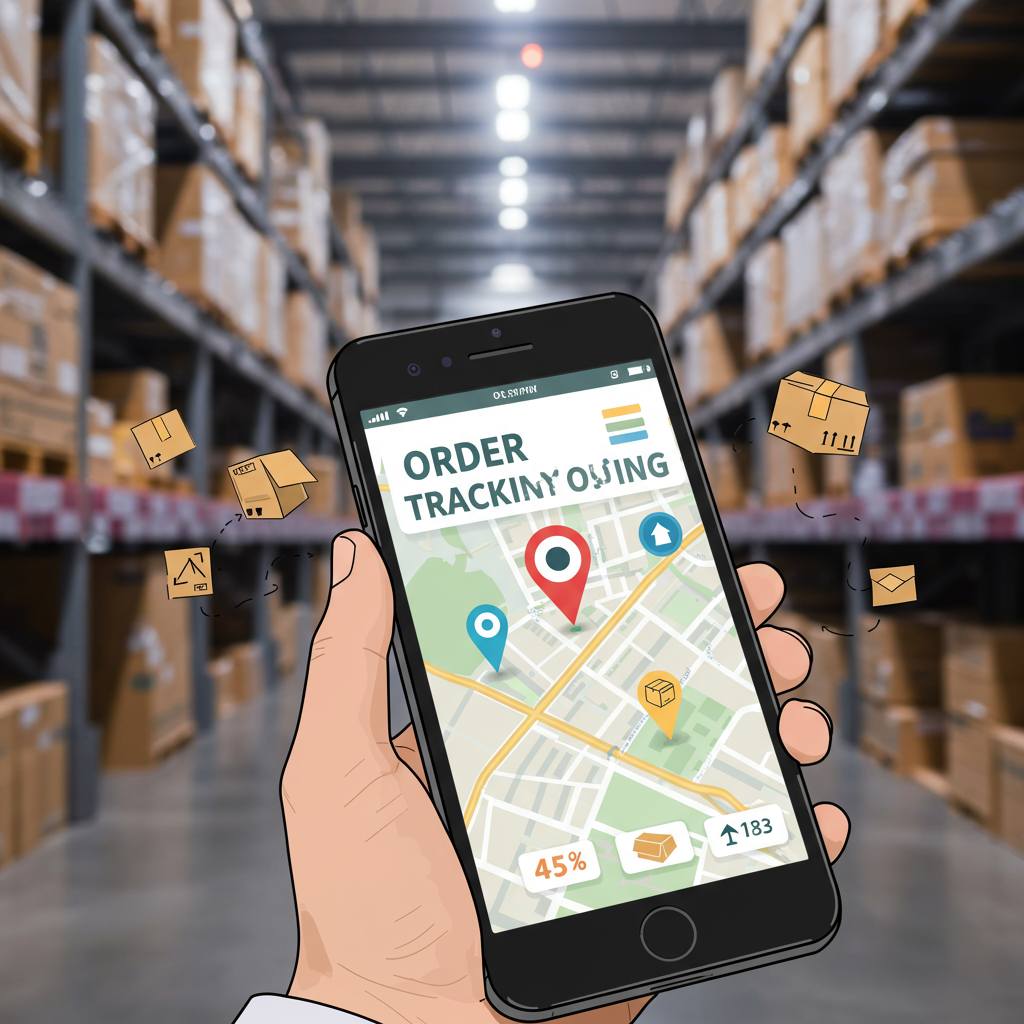Elevate Customer Experience and Streamline Operations with Seamless Tracking Integrations.
As a Shopify merchant, I know you’re constantly looking for ways to enhance your customer’s shopping experience.
One area that often gets overlooked, yet holds immense power, is post-purchase communication, specifically order tracking.
Think about it: once a customer places an order, their excitement shifts to anticipation. They want to know where their package is and when it will arrive.
Providing clear, consistent, and easily accessible order tracking isn’t just a nice-to-have; it’s a fundamental expectation in today’s e-commerce landscape.
It builds trust, reduces anxiety, and ultimately, fosters customer loyalty.
Today, I want to walk you through the ins and outs of order tracking integration for your Shopify store.
We’ll explore why it’s so crucial, what Shopify offers natively, and how third-party solutions can truly elevate your post-purchase game.
First, let’s consider the benefits. For your customers, real-time tracking means peace of mind.
They don’t have to wonder; they can simply check the status of their delivery at their convenience.
This transparency significantly reduces “Where Is My Order?” (WISMO) inquiries, which, as you know, can be a major drain on your customer support resources.
For you, the merchant, this translates directly into saved time and money. Fewer WISMO tickets mean your team can focus on more complex issues or proactive customer engagement.
Beyond efficiency, a robust tracking system reinforces your brand. A branded tracking page, for instance, keeps your customers engaged with your store even after they’ve clicked “buy.”
It’s another touchpoint to showcase your professionalism and commitment to excellent service.
Now, let’s talk about Shopify’s native tracking capabilities. Shopify does provide basic tracking information.
When you fulfill an order and add a tracking number, Shopify automatically generates a link to the carrier’s website.
This is a good starting point, but it often lacks the polish and comprehensive features that modern customers expect.
The customer is redirected away from your store, losing that branded experience.
Notifications are basic, and there’s no centralized, branded tracking page within your own domain.
This is where third-party order tracking solutions come into play. These apps are designed to fill the gaps left by Shopify’s native features.
They offer a more sophisticated and customer-centric tracking experience.
When evaluating these solutions, I recommend looking for several key features.
**Branded Tracking Pages:** This is paramount. Your customers should be able to track their orders on a page that looks and feels like your store, not a generic carrier site.
**Multi-Carrier Support:** If you ship with multiple carriers (e.g., USPS, FedEx, DHL), your tracking solution should seamlessly integrate with all of them.
**Automated Notifications:** Look for apps that can send automated email or SMS updates for various statuses: “In Transit,” “Out for Delivery,” “Delivered,” and even “Exception.”
**Customizable Notifications:** You should be able to tailor these messages to reflect your brand voice and include relevant information or even marketing messages.
**Analytics and Insights:** A good tracking app will provide data on delivery performance, common issues, and customer engagement with tracking pages. This data is invaluable for optimizing your shipping strategy.
**Estimated Delivery Dates:** Providing an estimated delivery window can further reduce anxiety and set clear expectations.
**Ease of Integration:** The solution should be straightforward to set up and integrate with your existing Shopify workflow.
Choosing the right solution depends on your specific needs and budget. Popular options often include comprehensive platforms that handle everything from tracking to returns.
Once you’ve selected an app, the integration process is typically quite simple. Most apps are available directly through the Shopify App Store.
You’ll install the app, grant the necessary permissions, and then proceed with configuration.
Configuration usually involves connecting your shipping carriers, setting up your branded tracking page, and customizing your notification templates.
I always advise thoroughly testing the integration before making it live for all customers. Place a test order, track it, and ensure all notifications are firing correctly.
Once everything is set up, remember to communicate this new feature to your customers. Let them know how easy it is to track their orders directly from your site.
What do you think about the importance of a seamless order tracking experience for your customers? I’d love to hear your thoughts.
Beyond the technical setup, there are best practices I encourage you to adopt.
**Proactive Communication:** If there’s a known delay, inform your customers before they even have to ask. A quick email can turn a potential complaint into an appreciation for your transparency.
**Clear Expectations:** While tracking provides real-time updates, always set realistic delivery expectations at the time of purchase.
**Leverage Data:** Use the analytics from your tracking solution to identify patterns. Are certain carriers consistently delayed? Are there specific regions with delivery issues? This data can inform your shipping decisions.
Implementing a robust order tracking system is an investment in your customer relationships and operational efficiency.
It transforms a potentially stressful waiting period into a positive, branded experience.
By providing transparency and control, you’re not just delivering products; you’re delivering peace of mind.
I truly believe that a well-implemented order tracking solution is a cornerstone of modern e-commerce success.
It’s about building trust, reducing friction, and ultimately, encouraging repeat business.






